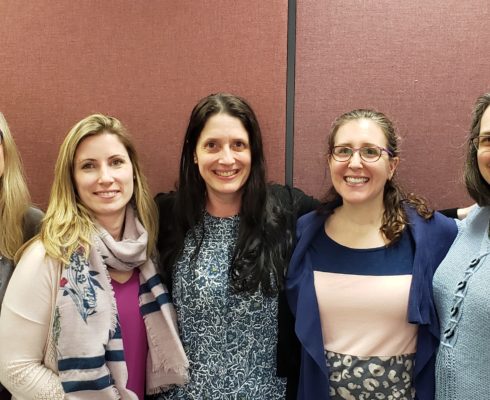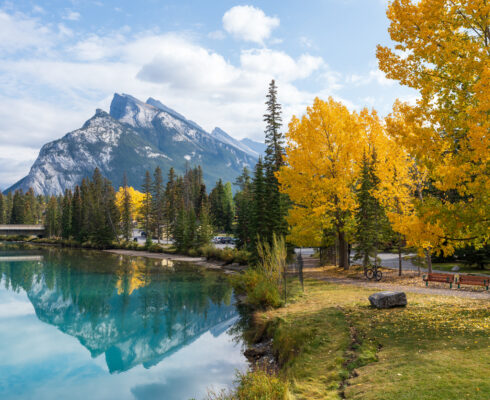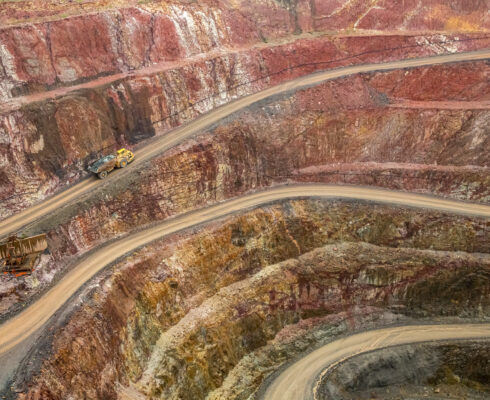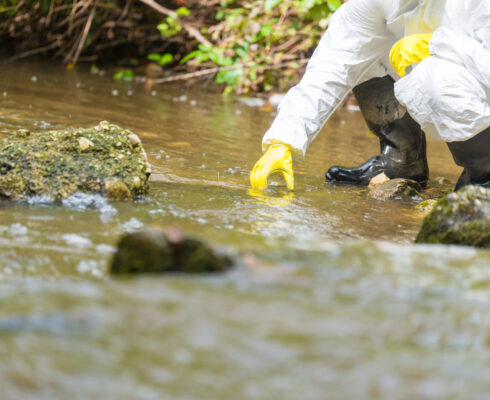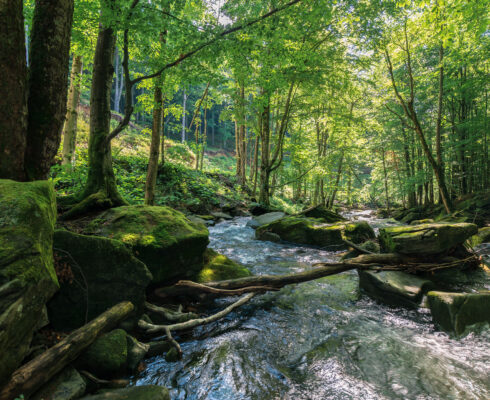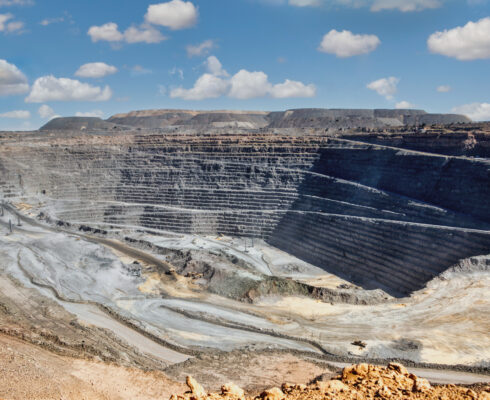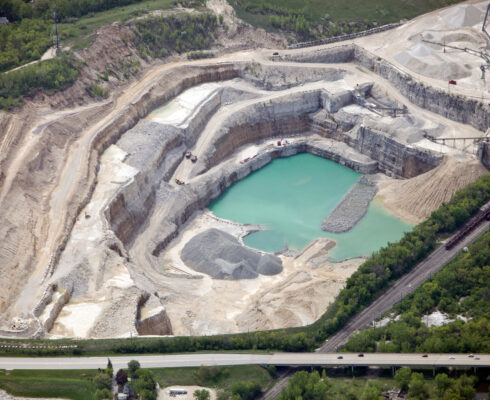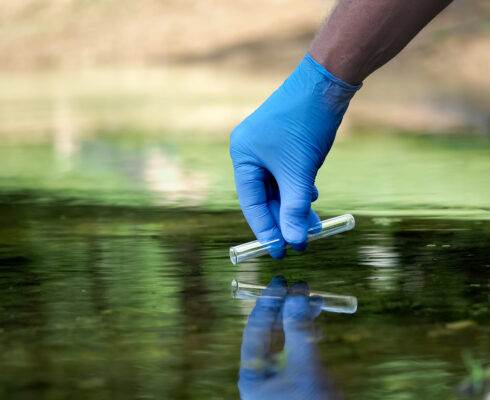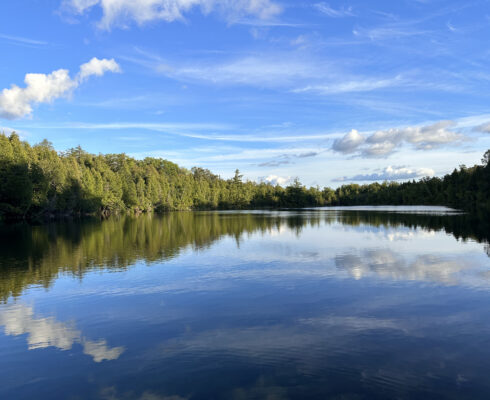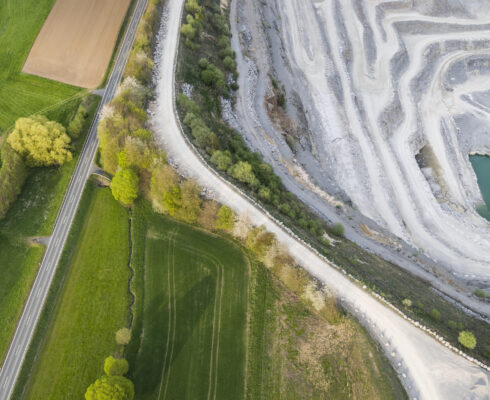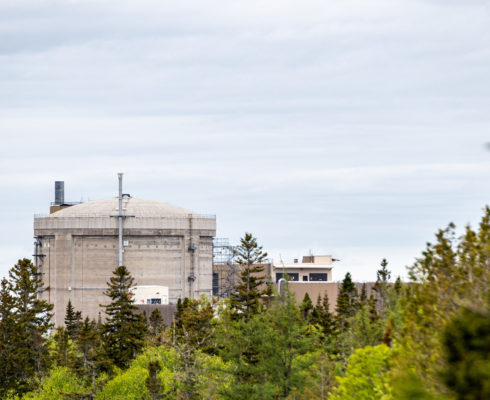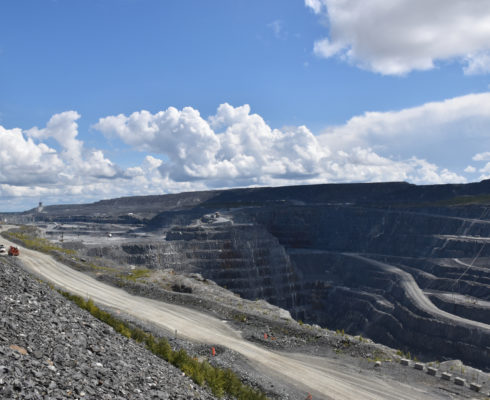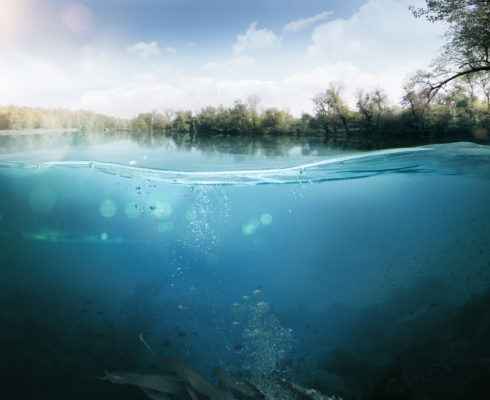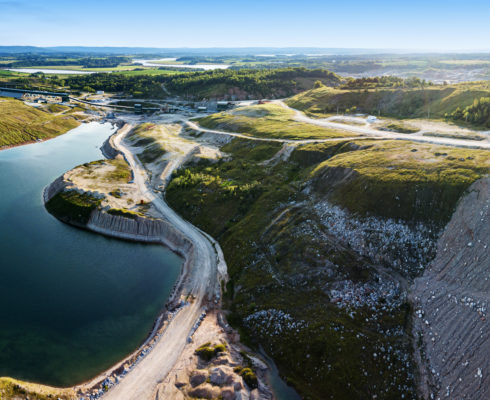At Ecometrix, we’ve witnessed the earth’s remarkable ability to recover once sources of contamination are removed. In celebration of Earth Day, we’re taking a look back at one of the most successful environmental restoration projects we’ve encountered: Blackbird Mine.

Analyzing historical impacts
Located in east central Idaho, the now defunct Blackbird Mine was operational for 19 years, producing cobalt and copper from about 1948 to 1967. Prior to mining, nearby Panther Creek supported healthy populations of anadromous Chinook Salmon and steelhead.
When Blackbird Mine was operating, two Panther Creek tributaries – Blackbird Creek and Big Deer Creek – became receivers for mine drainage, and it didn’t take long for changes to occur. By the mid-1950s, the salmon population declined in Panther Creek as its water quality worsened. After 1967, no fish were observed downstream of Blackbird and Big Deer Creeks and reintroduction efforts throughout the 70s and 80s were unsuccessful.
“Historical impacts from mining were generally a result of two main factors: a lack of regulatory requirements and an ignorance of the environmental effects of mining operations,” explains Robert Eakins, Associate, Senior Fisheries Ecologist at Ecometrix.
“Today, there are commitments to corporate environmental responsibility in addition to environmental regulations requiring the collection and treatment of mine water, with water quality objectives that must be met prior to discharge to the environment,” he adds. However, this has not always been the case.
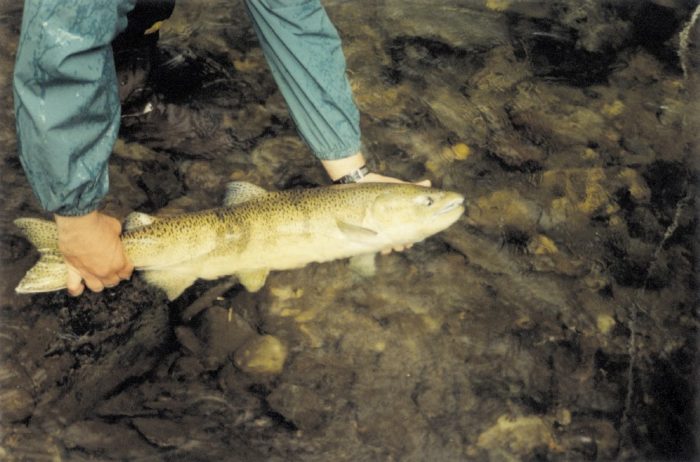
A look at restoration efforts
In 1995, concerted restoration efforts began that focused on removing the environmental stressors that caused ecological toxicity. These included diverting clean water around disturbed areas as well as treating contaminated water.
“A site can never recover if the stressors cannot be mitigated,” cautions Robert. However, in the case of Panther Creek, remediation was successful. Within seven years, copper concentrations were reduced by 90% and considerable improvements in fish and benthic macroinvertebrate communities were observed.
Based on long-term annual monitoring data, full recovery of the salmonid populations in Panther Creek was apparent within 12 years of initiation of the restoration efforts.
At Blackbird Mine, tailings frequently entered Blackbird Creek as a result of spills and acid mine drainage from waste rock dumps, as well as mine water from underground – contaminated with dissolved metals including cobalt, copper, arsenic, and iron – drained into Blackbird and Big Deer Creeks and then into Panther Creek. While concentrations of these metals generally didn’t pose a health hazard to humans, for the aquatic organisms living in these creeks, exposure was deadly.

An Ecometrix success story
Backed with solid data, Ecometrix was able to successfully put Environmental Intelligence™ into action to evaluate the overall health of the aquatic ecosystem at Panther Creek and confidently demonstrate the temporal recovery resulting from years of remedial efforts.
This Earth Day, we hope you remember that ecosystems can recover if contamination is sufficiently removed. If we continue to combine our talents, skills, and expertise, we can come together and repair so much of the damage that’s been done. There’s a lot of work ahead but at Ecometrix, we’re always up for the challenge.
In 2002, a site-specific biological monitoring program was designed to collect and analyze biological, chemical, and physical data from the Panther Creek watershed based on an ecological approach developed by the Idaho Department of Environmental Quality.
Our assessment was part of a process that is rarely possible: the evaluation of data collected over many consecutive annual biomonitoring studies. “That is why the Blackbird Mine Panther Creek biomonitoring study is unique. It has an extensive, long-term data set,” says Robert.
Read another Ecometrix success story
See how our Integrated Water Services team took a holistic approach to solving the complex environmental concerns associated with re-opening a former open pit mining operation.



